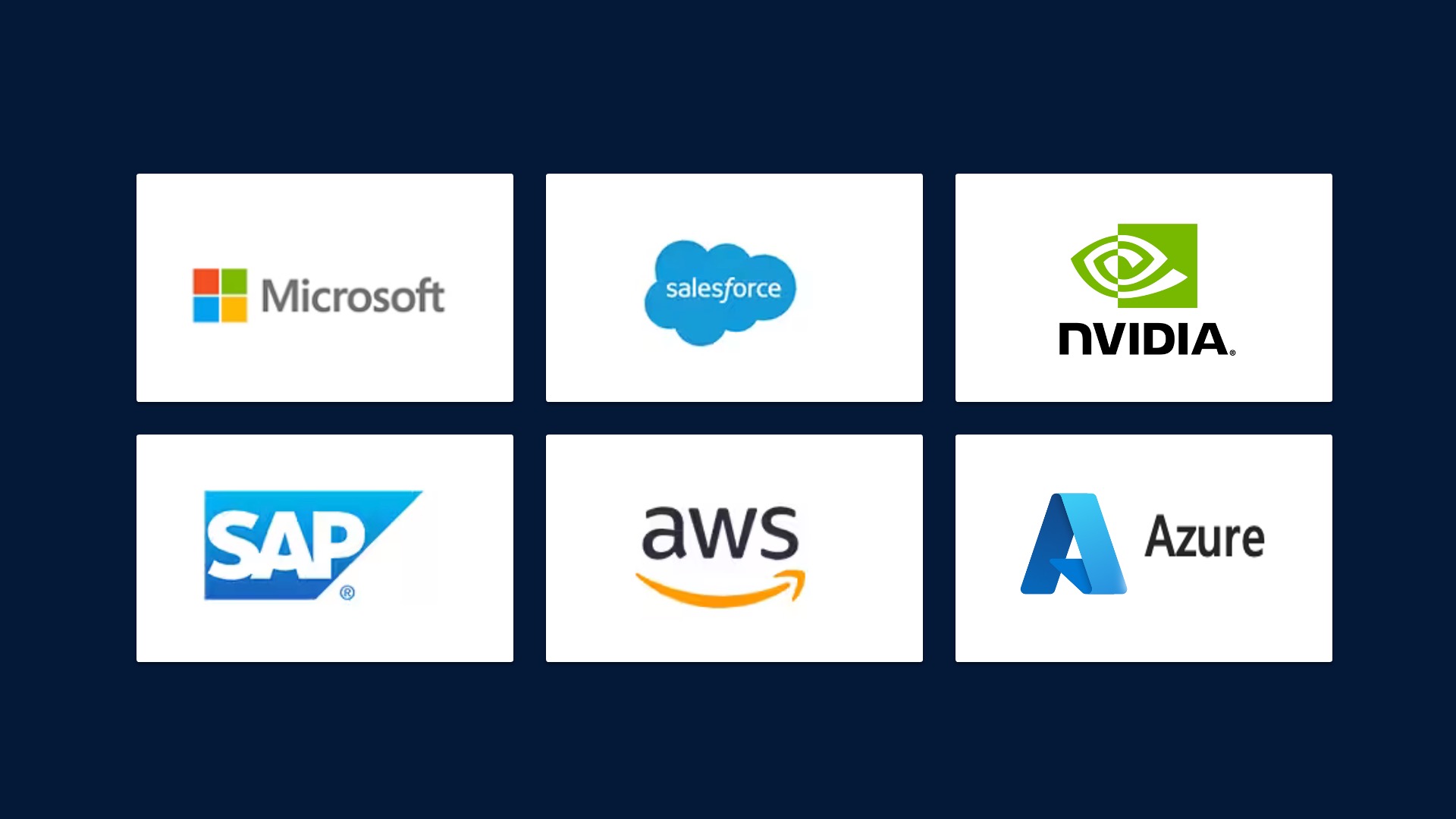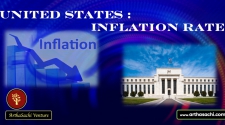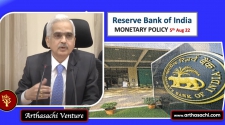
RBI Keeps Policy Rates Unchanged: A Strategic Pause Amid Global Economic Challenges
On October 9, 2024, the Reserve Bank of India (RBI) held its monetary policy meeting, with Governor Shaktikanta Das outlining key decisions aimed at maintaining economic stability while managing inflation.
The RBI’s decision to keep the policy repo rate steady at 6.50% marks a cautious approach, prioritizing inflation control amid evolving domestic and global economic challenges. This comes against the backdrop of global financial volatility, geopolitical tensions, and fluctuating commodity prices. Here's a breakdown of the major highlights and their potential impact.
Key Takeaways:
- Policy Rates Remain Unchanged: The RBI maintained the repo rate at 6.50%, the standing deposit facility (SDF) rate at 6.25%, and the marginal standing facility (MSF) rate at 6.75%.
- Inflation is on a downward trajectory: Though headline inflation is on a downward trajectory, it is expected to face near-term upward pressures due to food price volatility and base effects.
- Strong Growth Outlook for India: Real GDP growth is projected at 7.2% for 2024-25, with the domestic economy showing resilience driven by private consumption and robust investment.
- Global Economic Pressures: Geopolitical tensions and external risks such as fluctuating oil prices and disruptions in the global supply chain continue to pose challenges.
The Decision to Hold Rates Steady
In its latest meeting, the RBI’s Monetary Policy Committee (MPC) chose to keep the policy repo rate unchanged at 6.50%, which is contrary to US Federal Reserve and EU ECB which are in a hurry to bring down the rates. Consequently, the standing deposit facility (SDF) rate remains at 6.25% and the marginal standing facility (MSF) rate and the Bank Rate at 6.75%.
This decision was largely driven by the need to anchor inflation expectations, particularly as headline inflation, while softening, remains above comfortable levels.
Governor Shaktikanta Das emphasized the importance of maintaining a “neutral” stance, signaling that the RBI is prepared to adapt its policies based on future economic data. “The prevailing and expected inflation-growth balance have created congenial conditions for a change in monetary policy stance to neutral,” he stated, highlighting the bank’s flexibility in responding to inflation and growth dynamics.
Domestic growth has sustained its momentum, with private consumption and investment growing in tandem.
Inflation: A Lingering Global Challenge
Inflation remains a primary concern for the RBI, as food inflation and supply-side disruptions continue to present risks. Headline inflation, which had moderated to 3.6% in July 2024 well below RBI target of 4%, is expected to rise again in the near term due to adverse base effects and food price pressures.
The central bank projects inflation to stabilize at 4.5% for the full fiscal year 2024-25, but emphasized the need to remain vigilant against inflationary shocks driven by global commodity prices and weather events. Despite continuing global turmoil from multiple sources in the last four years or so, the flexibility embedded in the FIT framework has helped us to effectively address these unprecedented challenges, while supporting growth.
CPI inflation for 2024-25 is projected at 4.5%, with Q2 AT 4.1%; Q3 at 4.8%; and Q4 at 4.2%. CPI Inflation for Q1: 2025-26 is projected at 4.3%. As Inflation is well below RBI target range, remain vigilant due to changing global economic challenges and conflict in Europe and Middle East.
Strong Growth Projections and Economic Resilience
Despite external challenges, India’s growth outlook remains positive. Real GDP grew by 6.7% in the first quarter of 2024-25, led by strong private consumption and a revival in investment.
The growth projection for the full fiscal year (2024-25) stands at 7.2%, with expectations of a continued recovery in both urban and rural demand. And real GDP growth with Q2 at 7%, Q3 at 7.4%, and Q4 at 7.4%. Real GDP growth for Q1: 2025-26 is projected at 7.3%. A strong growth momentum to continues as per the growth number shared by RBI governor.
High-frequency indicators, such as the purchasing managers' index (PMI) for both manufacturing and services, suggest that economic activity remains robust. The RBI also noted the encouraging performance of government capital expenditure and the expansion of private investment, both of which have contributed to the sustained momentum in domestic growth.
Global Headwinds and Geopolitical Risks
While the domestic economy has shown resilience, external factors continue to cloud the outlook. Global geopolitical tensions, particularly in Europe and the Middle East, pose risks to global trade and supply chains. Additionally, fluctuations in crude oil prices and financial market volatility are ongoing concerns that could affect India’s external position and inflation dynamics.
The RBI noted that many major economies, including the U.S. and Eurozone, have taken divergent approaches to monetary policy in response to their unique inflation-growth dynamics. India’s cautious approach aims to navigate these global headwinds while preserving its domestic growth prospects.
Liquidity and Financial Stability
The RBI reported that system liquidity remained in surplus during August-September and early October 2024, supported by increased government spending and a reduction in currency circulation. However, the central bank remains prepared to intervene to ensure that liquidity conditions are well maintained in the financial markets. In terms of financial stability, the health of the banking and non-banking financial sectors continues to be strong, with improving asset quality and high capital buffers.
Moving forward, the RBI will continue to be nimble and flexible in its liquidity management operations.
Conclusion
The RBI’s decision to keep policy rates unchanged reflects a careful balancing act complete deviation from US Federal Reserve and EU ECB which are in a hurry to bring down the rates; classify as between supporting growth and managing inflation. With inflation expected to remain below the RBI 4% target in the near term and growth showing steady momentum, the central bank is focused on maintaining flexibility in its approach, allowing room for future adjustments based on evolving economic conditions both at the Global level and domestic economy. As global uncertainties persist, the RBI’s strong strategy aims to safeguard India’s economic stability while navigating a challenging external environment.
Top News
Other News
MARKETS
WEALTH
ECONOMICS
START UP
TECHNOLOGY
BUSINESS
Alliances and Partners

Arthasachi Venture Footprints


















